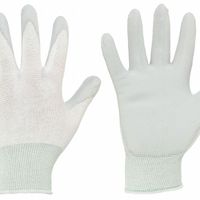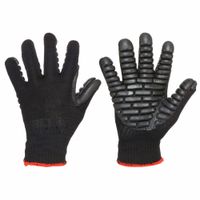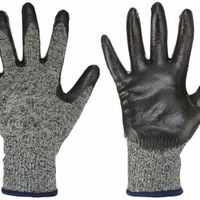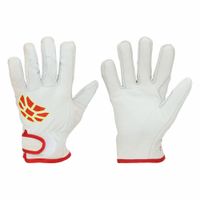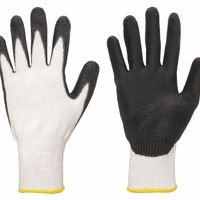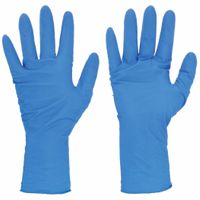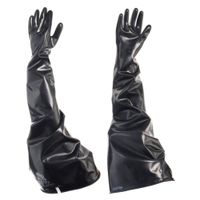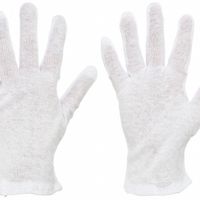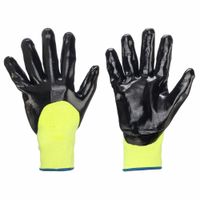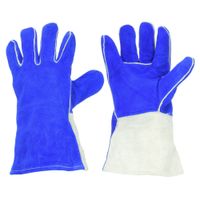Coated safety gloves offer several benefits that enhance protection, grip, and durability in various work environments. The primary advantage is the enhanced grip they provide. The coating, often made from materials like nitrile, latex, or polyurethane, offers superior traction, especially in wet or oily conditions, reducing the risk of accidents due to slipping.
Another significant benefit is the increased protection against abrasions, cuts, and punctures. The coating acts as an additional barrier, safeguarding the hands from sharp objects and rough surfaces. This is particularly important in industries such as construction, manufacturing, and automotive, where workers frequently handle potentially hazardous materials.
Coated gloves also offer improved chemical resistance. Depending on the type of coating, these gloves can protect against various chemicals, oils, and solvents, making them suitable for use in laboratories, chemical plants, and other environments where exposure to harmful substances is a concern.
Durability is another key benefit. The coating extends the lifespan of the gloves by providing an extra layer of protection against wear and tear. This makes them a cost-effective choice for businesses, as they do not need to be replaced as frequently as uncoated gloves.
Additionally, coated gloves offer enhanced dexterity and comfort. The coating is often applied in a way that maintains flexibility, allowing for precise movements and reducing hand fatigue during prolonged use. This is crucial for tasks that require fine motor skills.
Finally, coated gloves can be tailored to specific needs. Different coatings offer varying levels of protection and grip, allowing users to select gloves that best suit their specific work requirements, ensuring both safety and efficiency.
